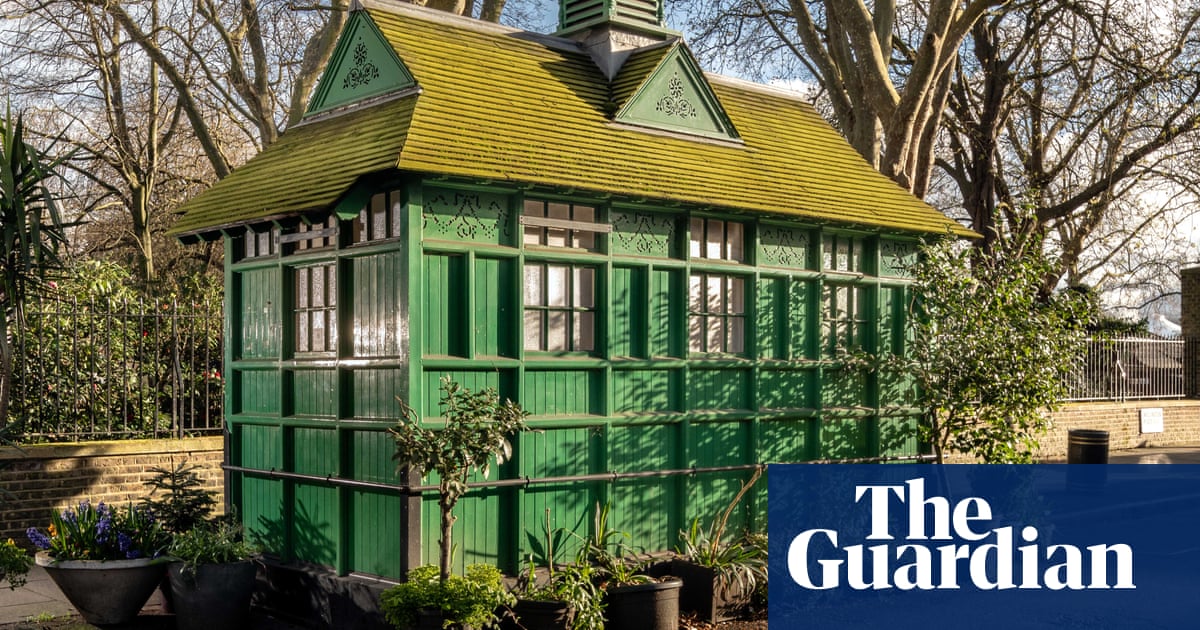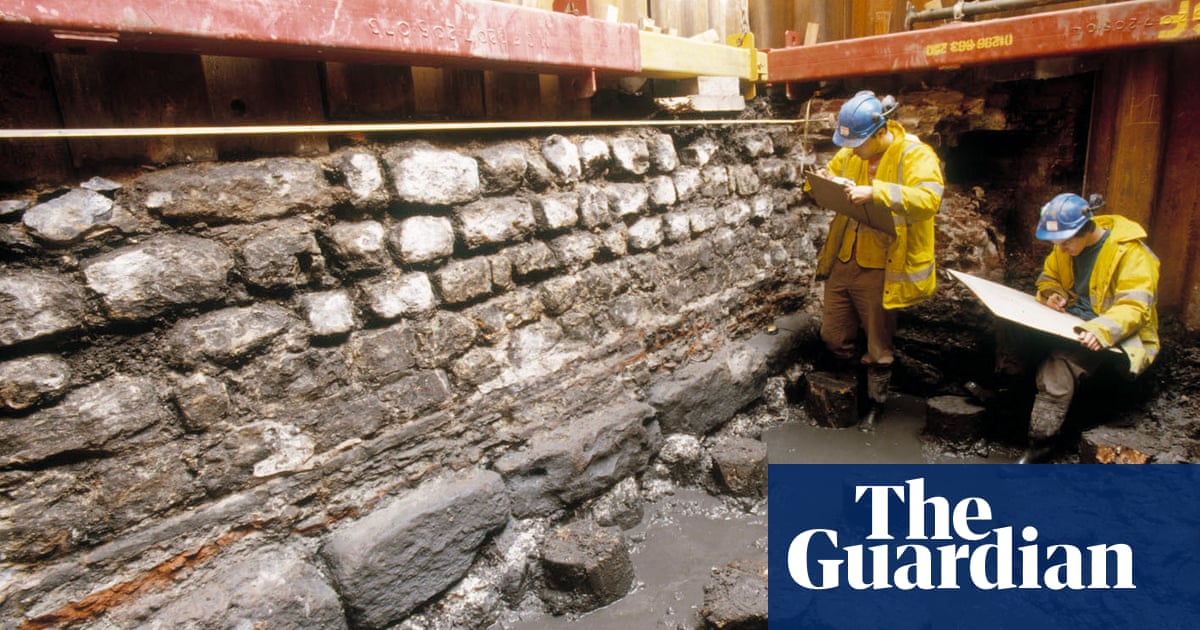
The last of 13 surviving green cab shelters providing rest and refreshment to generations of drivers in London has been listed by the government in recognition of its architectural and historical significance.
The wooden shelters were built by the Cabmen’s Shelter Fund from 1875 onwards, when cabs were horse-drawn. Many had a rail fixed to the exterior so cabbies could tether their horses while they refuelled with hearty plates of food and exchanged gossip with fellow drivers.
More than 60 were built across London between 1875 and 1950, of which 13 still stand. All have now been protected with Grade II-listed status on the advice of Historic England.
“Full of intrigue, history, tea and bacon sarnies, London’s well-loved cabmen’s shelters are distinctive relics of the horse-drawn age in the capital,” said Luke Jacob, a listing adviser at the public body. “Originally built from 1875 for the drivers of London’s hansom cabs, they continue to serve both passersby and cab drivers on the ranks today.”
The idea of shelters came from Capt George Armstrong, the editor of the Globe newspaper, after he was unable to get a cab during a storm because the drivers had all sought refuge in local pubs.
Victorian cabbies were prohibited by law from leaving their cabs unattended in the rank. While on the job there was no protection from the elements, access to hot food or a place to rest. This led many drivers to stop at a pub between fares, paying someone to watch the cab or risk it being stolen.
Armstrong helped to establish the Cabmen’s Shelter Fund with the 7th Earl of Shaftesbury and other wealthy philanthropists. The first shelter was erected in February 1875 outside Armstrong’s home in St John’s Wood, north-west London.
Each shelter had a small kitchen and space for about 10 drivers to sit and eat a meal. Gambling, drinking and swearing were forbidden.
At their peak, there were thousands of hansom cabs in the capital. The last stopped operating in 1947.
The distinctive dark green shelters still serve black-cab drivers. Only those who have passed a rigorous test on London’s streets and landmarks, known as “the knowledge”, can sit inside, but some huts offer takeaways to the public.
All 13 surviving shelters were restored in a campaign by Heritage of London Trust during the 1980s and 1990s. The final shelter to be listed is also in St John’s Wood and was probably one of the last to be built.
In the 1870s the shelters were of simple design, with some built on wheels to allow them to be moved. They later became more ornamental, with perforated gablets, lanterns and decorative panels.
Nicola Stacey, the trust’s director, said: “These are unique London landmarks as well as an ingenious Victorian solution to the frenetic city streets. Today they’re still a sanctuary for the London cabbie community.”
Colin Evans, a licensed taxi driver for 50 years and a trustee of the Cabmen’s Shelter Fund, said: “We know how special the shelters are but we need the London taxi trade and public’s support more than ever so that this important part of our heritage and working-class history lives on.”
This article was amended on 9 April 2024. A previous version incorrectly stated in the text and headline that Historic England was responsible for the listing decision, rather than advising the government.












